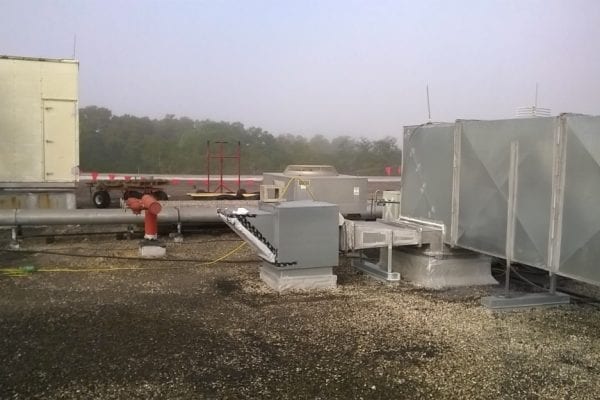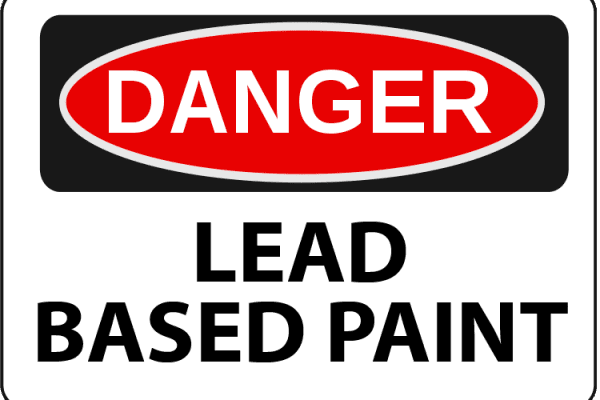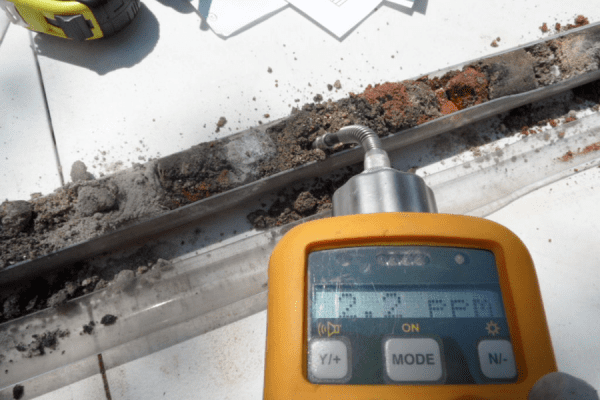Odor problems in a building can be both difficult to track down, and impossible to live with. In office buildings, bad smells create a noxious work environment, and lead to tenant complaints. In a retail establishment, odors can have an even more direct impact on the bottom line, in the form of turning customers away.
Recently, we were called in on a job with one of Florida’s premier retailers. They had a problem at one of their historic locations. Customers were complaining that the store smelled old and musty.
Employees knew that at least some of the smell was coming from the air conditioner. To address it, every morning they put air deodorizers in the AC units and set the deodorizers to spray continuously. The combination of disinfectant and mustiness was enough to make some customers declare that they couldn’t stand to be in the store.
Tracking Down the Source
We sent indoor air quality experts on-site right away. Our team did a walk-through of the building, which was a late 1950s structure. In its early days, it had housed a department store with a cafeteria. The kitchen that served the cafeteria had long been shut down and converted into storage.
When our team reached the former kitchen area, they discovered that although many of the appliances had been removed, a large number of fixtures remained. Decades of accumulated grease and grime remained in vent hoods, plumbing, and pink tile backsplashes.
While the kitchen alone was enough to create major odor problems, our team continued their walk-through and discovered a second source in the mechanical room. The air conditioning equipment was the building’s original equipment, and it still functioned fine. However, the insulation on the inside of the units and along the first twenty feet of ductwork was another story. Over the years, it had accumulated dust, humidity, and the growth of microorganisms that exuded a nasty musty smell.
The Solution
Clearly, the kitchen needed to be addressed, and the insulation had to come out. Our team developed a cleaning and capping protocol for the kitchen area. A mechanical contractor was brought in to cap exhaust ducts and drains.
For the mechanical room, our Mechanical, Electrical and Plumbing (MEP) team developed specifications for removing the old insulation, and replacing it with new, so that the store’s owners could put the job out for bid. The specifications indicated that systems were to be remediated one at a time, rather than all at once. This meant that the store could continue to operate during the remediation efforts, reducing the work’s impact on the business.
In less than two weeks, these efforts completely eliminated the store’s odor problem. The air smelled fresh, customer satisfaction ratings went back up, and the store went back to business as usual.
What Could Have Gone Wrong
This odor story has a happy ending, but not all of them do. Many businesses suffer with odor problems for years, living with complaints from employees, losing business, and fielding customer complaints. Sometimes they’re not sure what to do, or they’ve been told that the smell is just an “old building smell.” In other cases, a sub-par provider may have tried to resolve the problem and failed.
In other cases, the problem may be resolved, but only after a remediation team resorts to expensive and unnecessary procedures.
To avoid potential problems, it’s important to seek a consulting company with a good reputation, and in-house expertise to get the job done right. Because problems often originate in mechanical and plumbing systems, look for a provider that has both air quality experts and MEP engineers on staff.
Additionally, cross-disciplinary competence in construction, architecture, and other engineering fields can be a big help if the source of the odor problem turns out to be related to other building related issues. The right team members can provide good, detailed remediation specifications to define the scope of work. This minimizes the possibility of expensive change orders or increased cost due to inaccurate scope.
If you’ve got an odor problem, it can probably be solved. Feel free to contact one of our indoor air quality experts right now for a free consultation.






